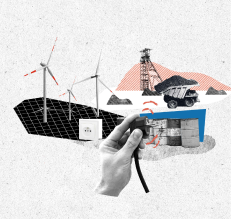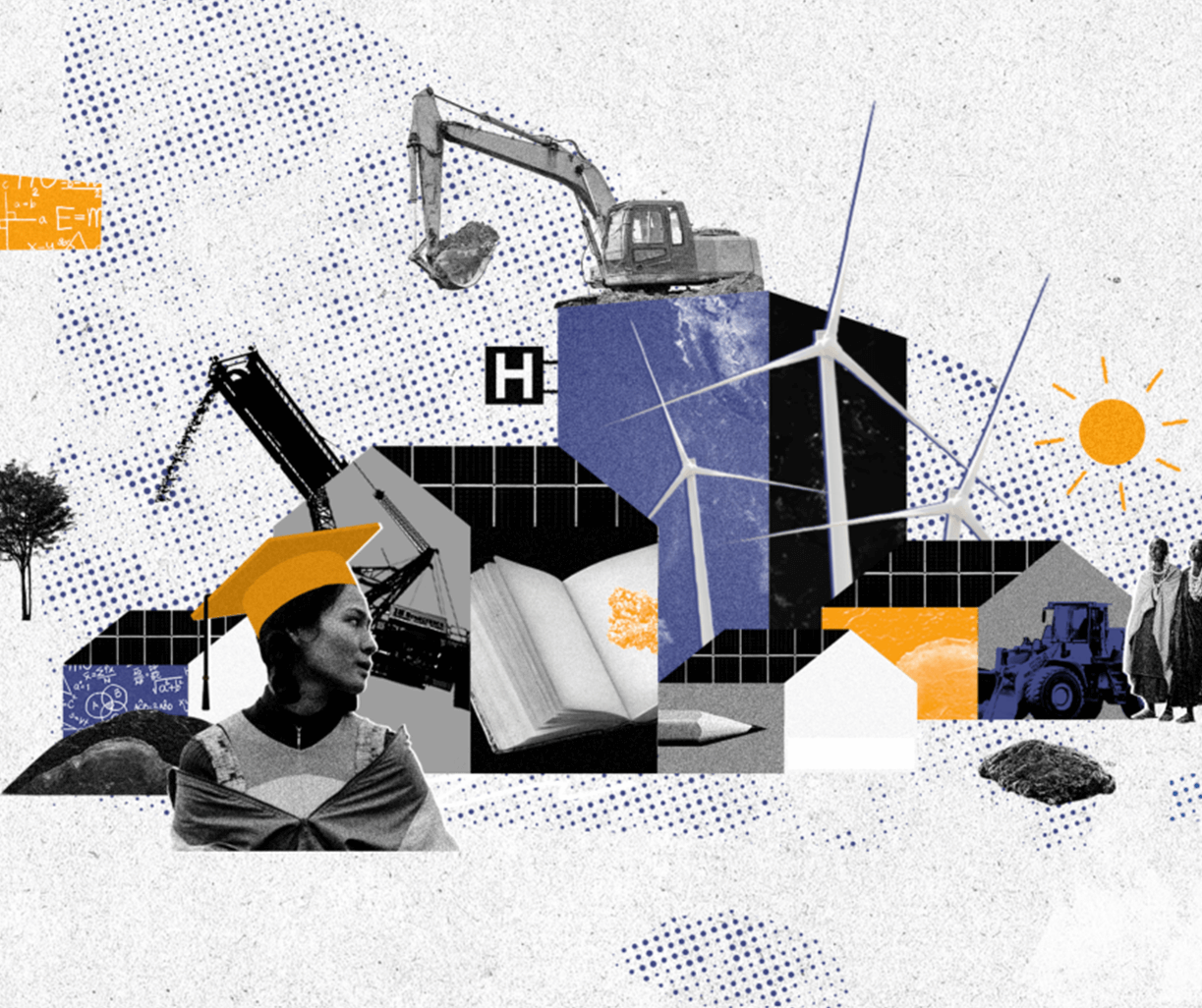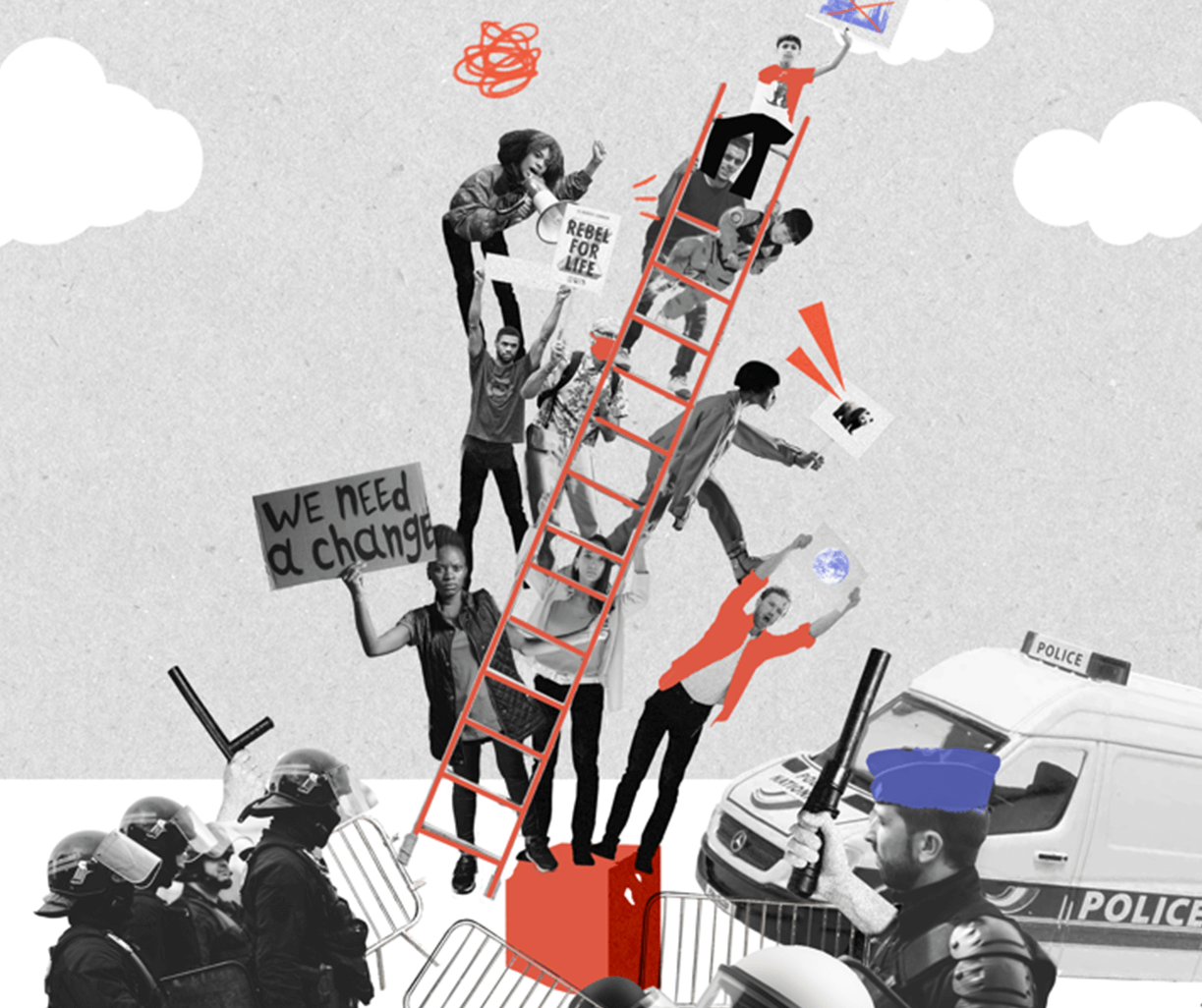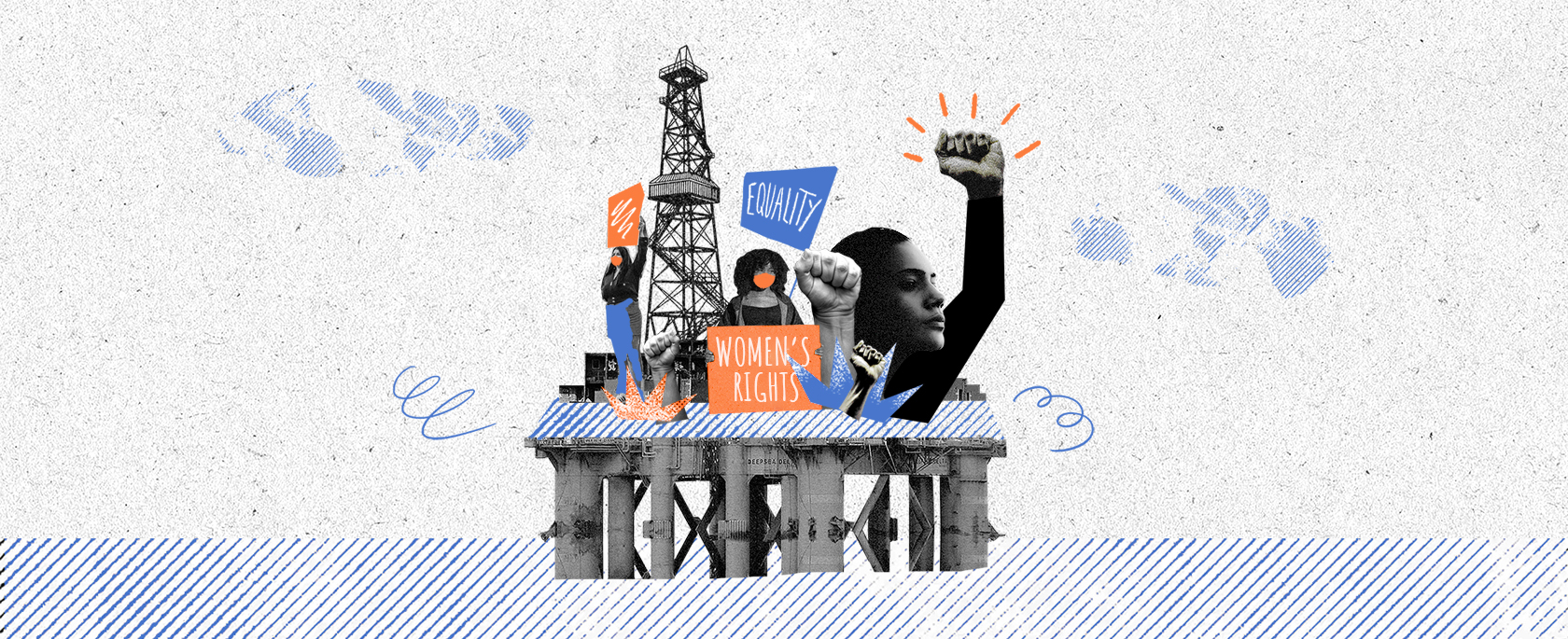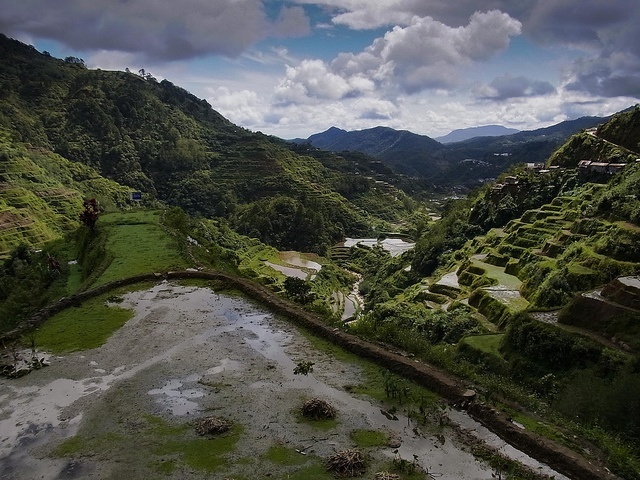Manila is a five hour flight on a Boeing 737 tracking north-west into South East Asia from the western Pacific coast of Port Moresby, Papua New Guinea.
Both the Philippines and Papua New Guinea have names starting with the letter “p” and are classed as Middle Income Countries by the World Bank but that is perhaps where the similarities end.
The Philippines has a population of 99.14 million and a GDP of US$ 284.8 billion according to the World Bank. Papua New Guinea on the other hand has a smaller economy with a GDP of US$16.93 Billion and a population of 7.5 million according to the World Bank.
The unique economic and demographic profiles of each country and their own historical narratives have impacted the lives of people in both countries. Sometimes however, life stories are intertwined by shared experiences as I experienced during my recent study trip to the Philippines, organized by Publish What You Pay (PWYP) and Bantay Kita (BK).
Madam Tess Tabada (from BK) and Ms Diana Kaissy (from PWYP) organized the study tour for an all-male Papua New Guinea cohort comprising of myself, Epeo Minok, Sensen Mark and Henry Yamo.
Our first stop when we arrived was a hotel in Manila where we rested before catching a bus the next morning and heading to Quezon City. In between the traffic chaos, I pondered on the contrasts been the rising skyline of Makati city and the poverty on the streets. I wondered whether the implementation of the Extractive Industries Transparency Initiative (EITI) in the Philippines would assist in poverty reduction.
It was fitting therefore that at Quezon City we met farmer John who took us through sessions of community organizing. Farmer John to me seemed like the Che Guevara of the Philippines. Except for his long flowing hair he has the beard, smile and charisma of the Argentine revolutionary. John’s efforts in organizing the peasants in the countryside against capitalist exploitation would have resonated with Che.
Perhaps it was this meeting that set the tone for subsequent meetings. On the island of Leyte, Ma’am Tess Tabada took us to communities that had organized against iron sand (haematite) mining that was destroying their rice fields and fish farms. Here amongst these fields and a beautiful lake, macroeconomic policy clashes against the economic survival of individual families depended on water from irrigation channels and the lake.
Hearing the community’s voices and the challenges they faced in dealing with local and national authorities, I could relate their experiences to my own journey with the people affected by mining in Papua New Guinea. All too often in Papua New Guinea and elsewhere, policy makers and regulatory bodies have a tendency of sacrificing small communities for what they consider to be the greater macroeconomic interests of the state. As such, in Papua New Guinea the economic rationale has always torn through the fabric of societies, cultures and environments.
In a world that worships the economic rationale and values reason over emotional arguments, Ma’am Tabada reminded us of how important facts were. How we feel and what we perceive may not necessary be facts. And so, for civil society to progress its agenda within the EITI framework, it needed to get its facts right. This process sometimes needs external assistance but can also be achieved using people and resources available within national EITI Coalitions.
Reflecting on the General Santos leg of the trip, I saw how indigenous communities still face an uphill battle to gain recognition and respect in a competitive, market driven, “Wolf of Wall Street” world. In a world obsessed with “numbers” and “facts”, moral and emotional judgements take the back seat to “it’s nothing personal just business.” The Indigenous People of T’Boli in South Cotabato face similar social and environmental challenges that the people of Papua New Guinea face. And so it was heartening to see the work of Bantay Kita in promoting collaboration instead of competition and communal good above personal gain.
We left General Santos and headed back to Manila and off to Port Moresby. I guess I left with a renewed sense of optimism about how civil society solidarity and collective action can transform, social, economic, political and physical landscapes. What gave us hope were the words of the Governor of South Cotabato who had close working relationships with Bantay Kita. She told the team that Papua New Guinea was still a young nation and we still had the opportunity of set the right foundations for national progress and prosperity into the future.
